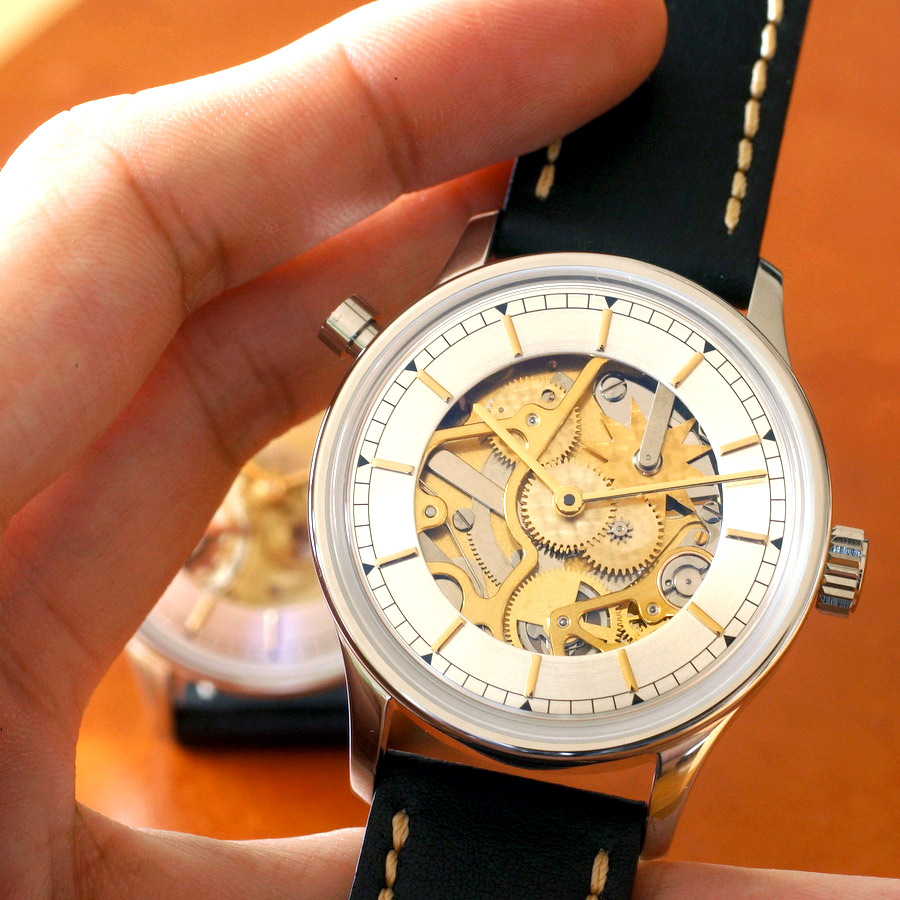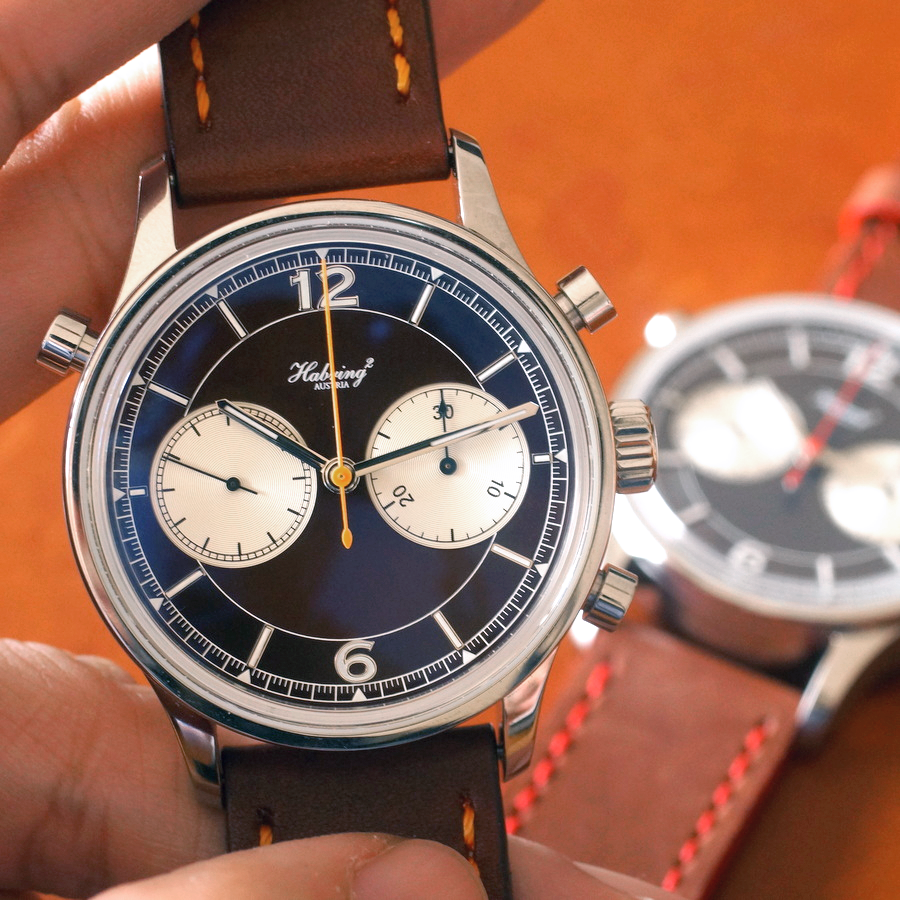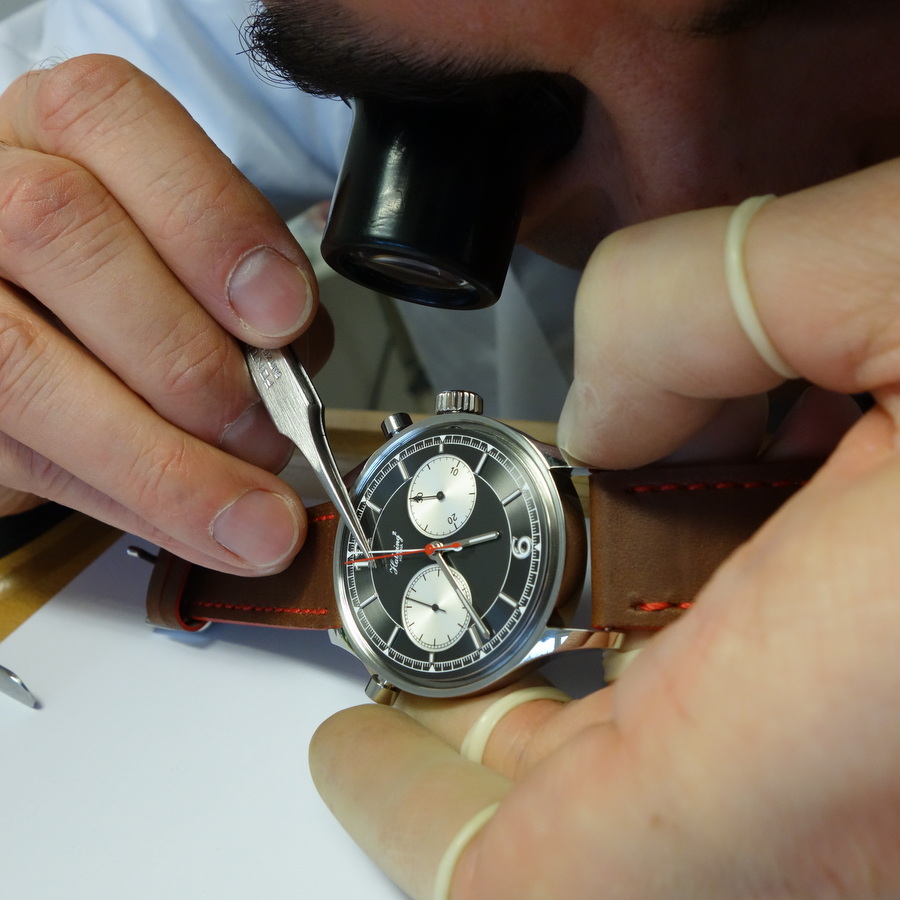
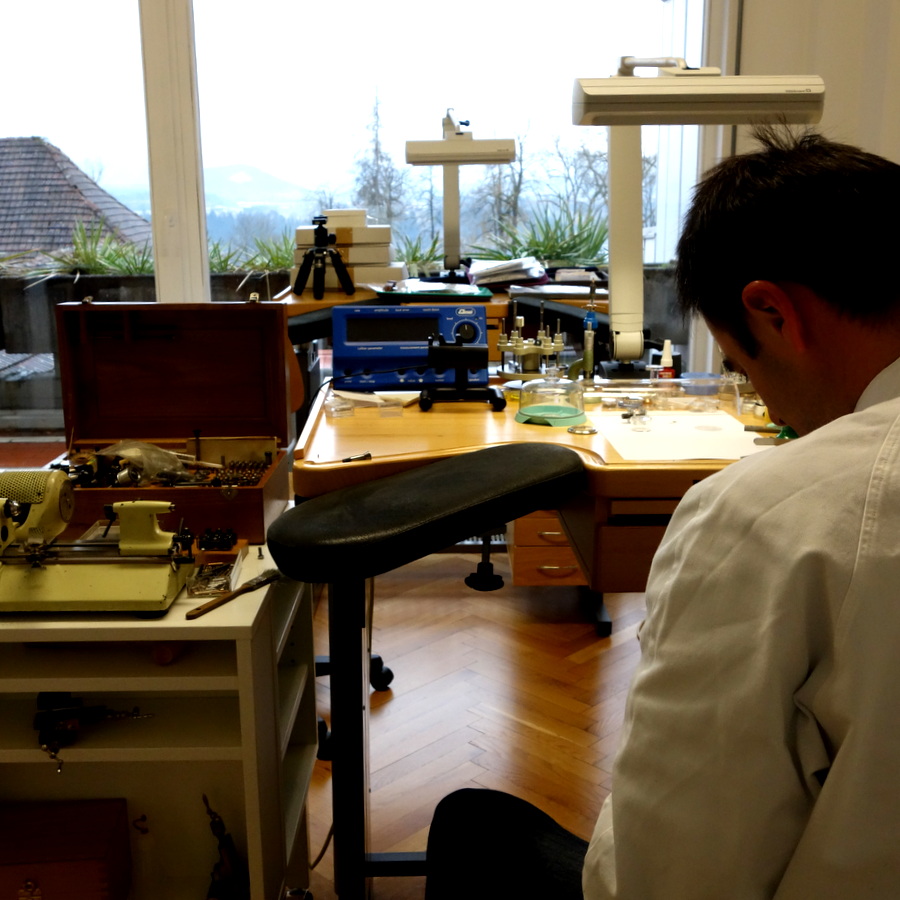
Watching Richard at work in his workshop, I got a sense of a proven master of his domain who has seen it all before. The story of how he came up with the idea for the cam system in his split seconds chronograph has its roots in the early part of his career, when after graduating from watch making school in Austria, his first job was at a company that specialized in repairing stop-watches.
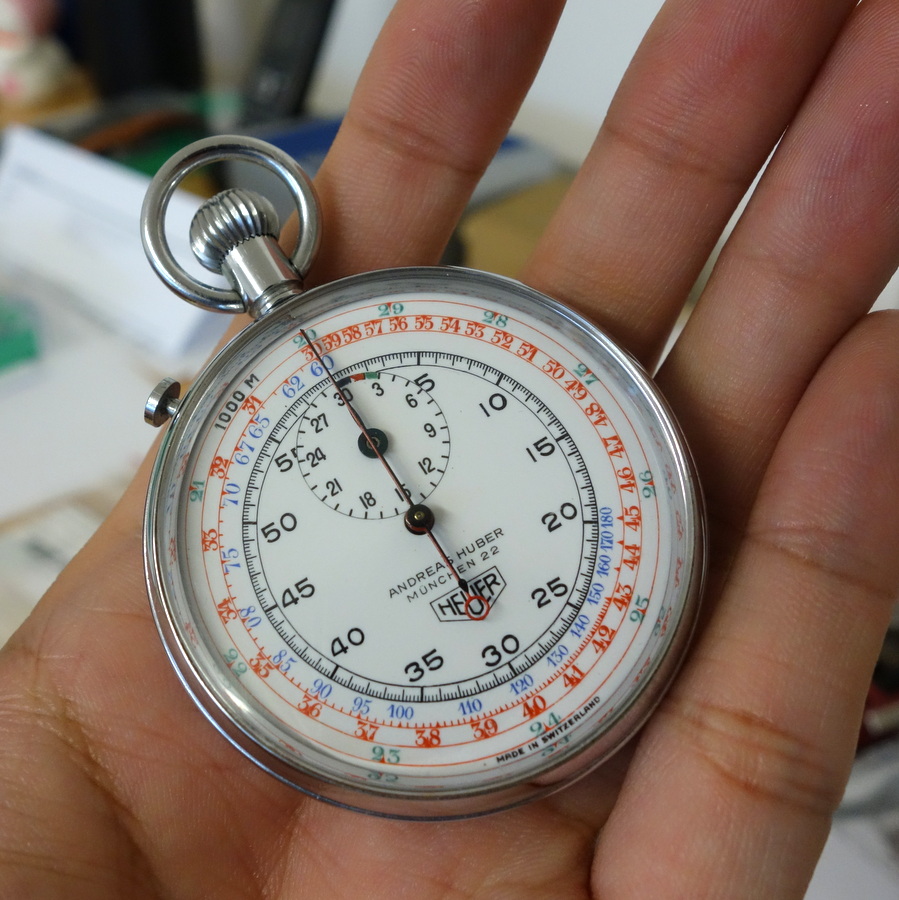
At the time, most stopwatches used at sporting events were mechanical as electronic versions were not common yet. Many of these were of the split seconds variety and because of the huge number and volume that he had to repair and service, he got to know the split seconds mechanism inside and out.
It was this experience that stood him in good stead when he joined IWC and was issued the split seconds challenge. IWC has certainly profited well over the years from Habring’s achievement, that when first introduced, fed the hunger of the collector who could now buy an accessibly priced rattrapante. It also seems fitting here to point out as well that Habring’s more accessible rattrapante is thoroughly in line with his philosophy of taking something rare and making it common for the masses to enjoy.
After leaving IWC, Habring started his own company, developing movements with other watch companies and largely staying behind the scenes. The first watch he offered to the public under his own name was to test the waters of business viability and it was a standard chronograph with a Valjoux 7733 movement in it. This introduction proved successful enough and he started to consider other possibilities.
The most obvious thing that came to mind was something that he had always wanted to do for a long time. As the originator of the Doppelchrono movement, he wanted to introduce some improvements to it. However this was not possible, having left IWC and he could not remake the movement again until the 20-year patent on the design was over.
Thankfully, the time drew near as his plans for the company were starting to take shape. It was when the patent finally expired that he released his Doppel 2.0 (we wrote about it here), or an upgraded version of the same movement that he designed for IWC.
Like an artist, he wanted to make that final brush stroke to complete the picture and set about to implement the improvements to the movement. What did he improve? Well, ever practical, he removed the big bridge on the original version in order to make servicing easier. This was by far the biggest change for him to feel that the watch was finally complete.
